Border Terriers are a delightful blend of charm, intelligence, and tenacity, making them a favorite among dog enthusiasts. Known for their distinctive, wiry coats and …
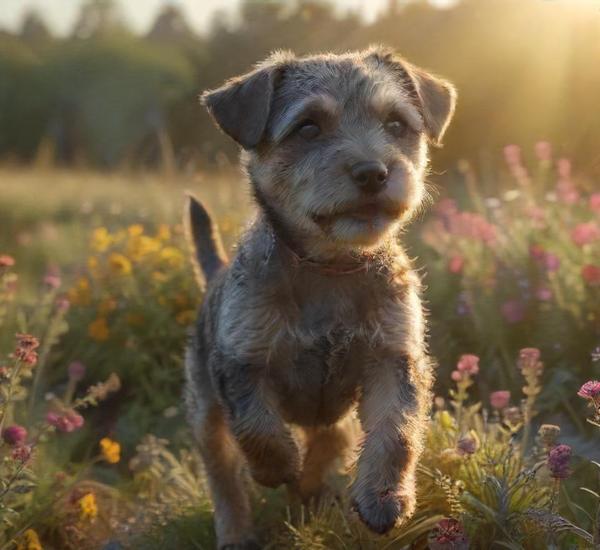
Happy Paws: All About Dogs

Border Terriers are a delightful blend of charm, intelligence, and tenacity, making them a favorite among dog enthusiasts. Known for their distinctive, wiry coats and …
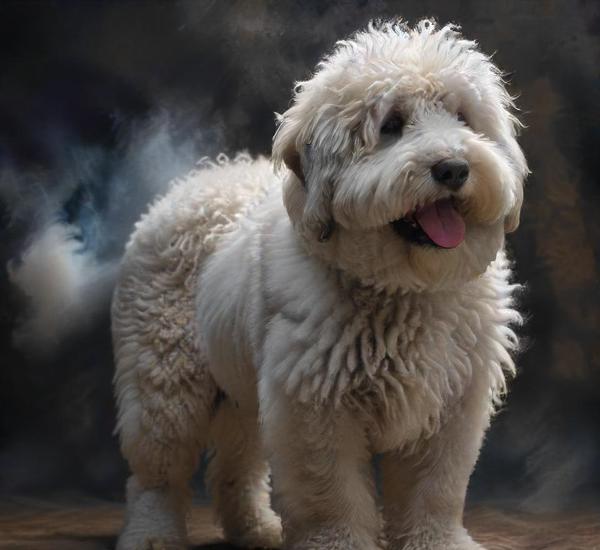
The Komondor, often referred to as the mop dog due to its distinctive corded coat, is a remarkable breed with a history as unique as …
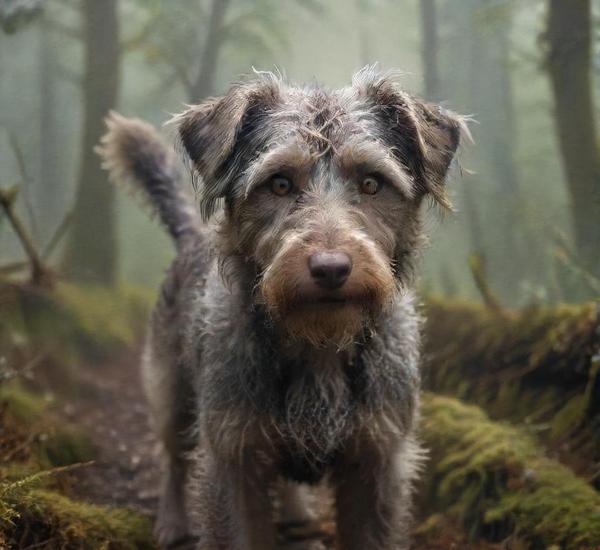
The Slovensky Kopov, often overshadowed by more widely recognized breeds, is a true gem in the world of canine companions. Originating from Slovakia, this rare …
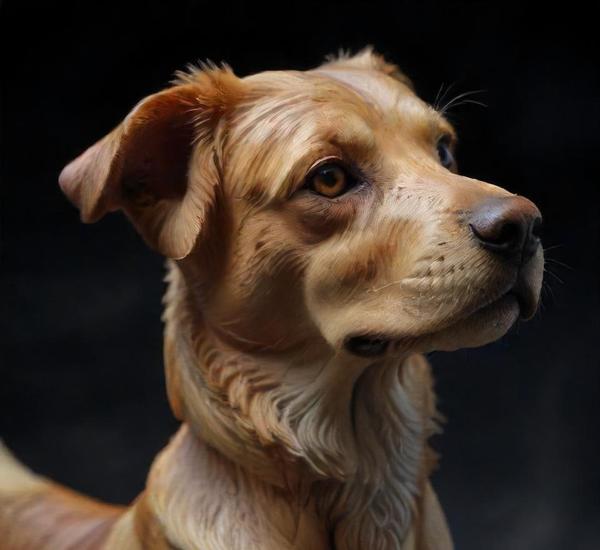
The Cane Paratore, often overshadowed by more prominent breeds, is a remarkable canine whose unique blend of strength and loyalty makes it a standout choice …
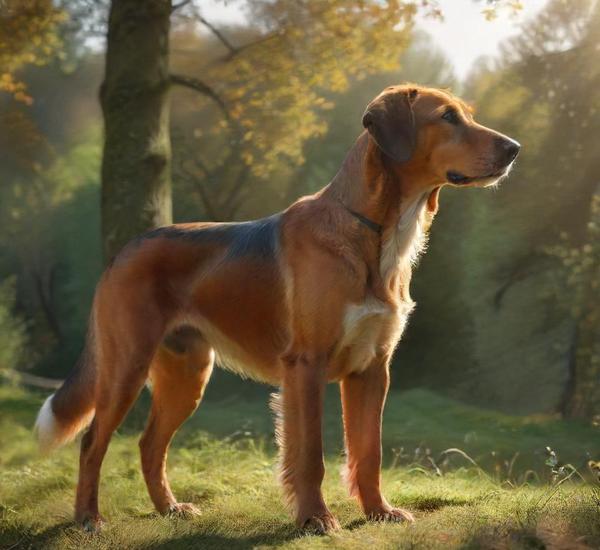
If you’re a dog lover in search of a loyal, intelligent, and versatile companion, the German Hound might be the perfect addition to your family. …

The Skye Terrier, a charming and distinctive breed, often captivates dog lovers with its striking appearance and endearing personality. Originating from the rugged Isle of …
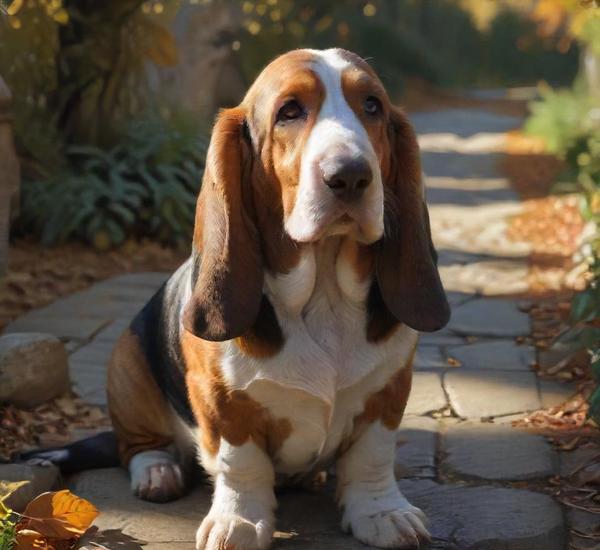
The Basset Artesien Normand, a charming and distinguished breed from France, is a testament to the timeless appeal of hound dogs. With its roots deeply …
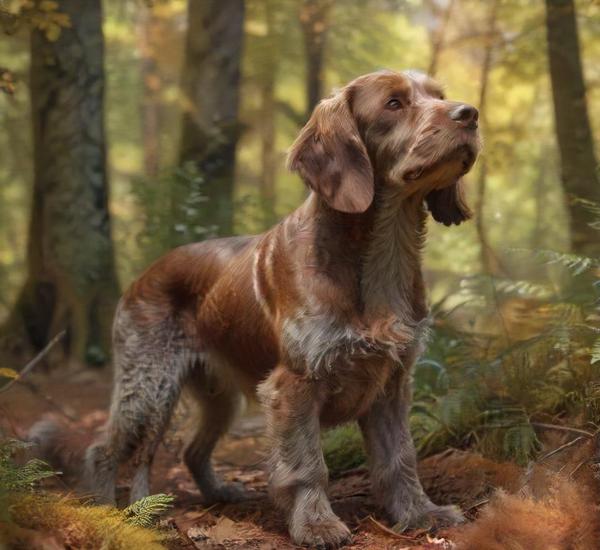
The Wirehaired Pointing Griffon, a distinguished breed with a rich history and unique attributes, stands out as a versatile and charming companion for active families …
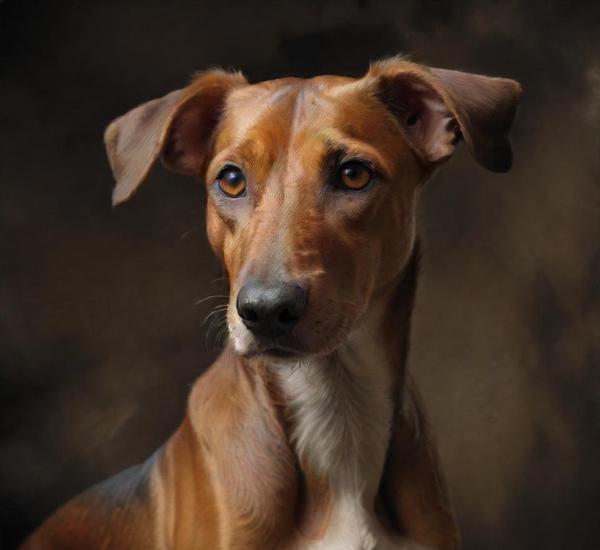
The Can de Chira, a unique and captivating breed native to the rugged landscapes of Spain, has steadily gained recognition for its remarkable versatility and …
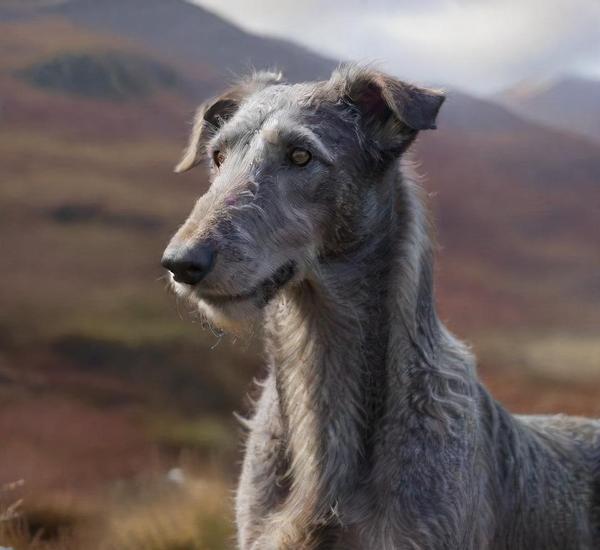
The Scottish Deerhound, often referred to as the Royal Deerhound, is a breed steeped in history and grandeur, embodying the majestic spirit of Scotland’s highlands. …